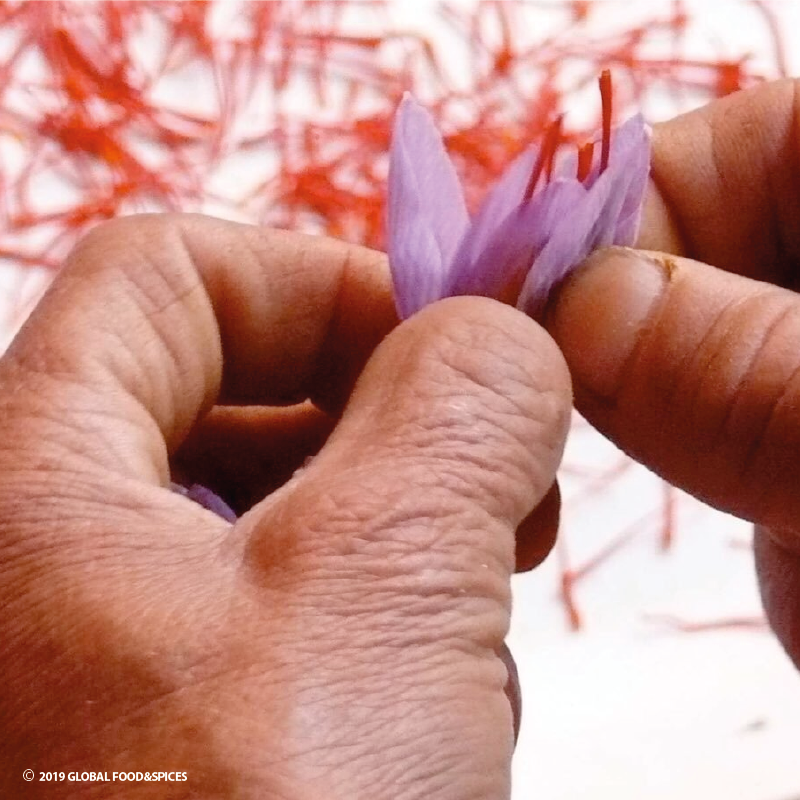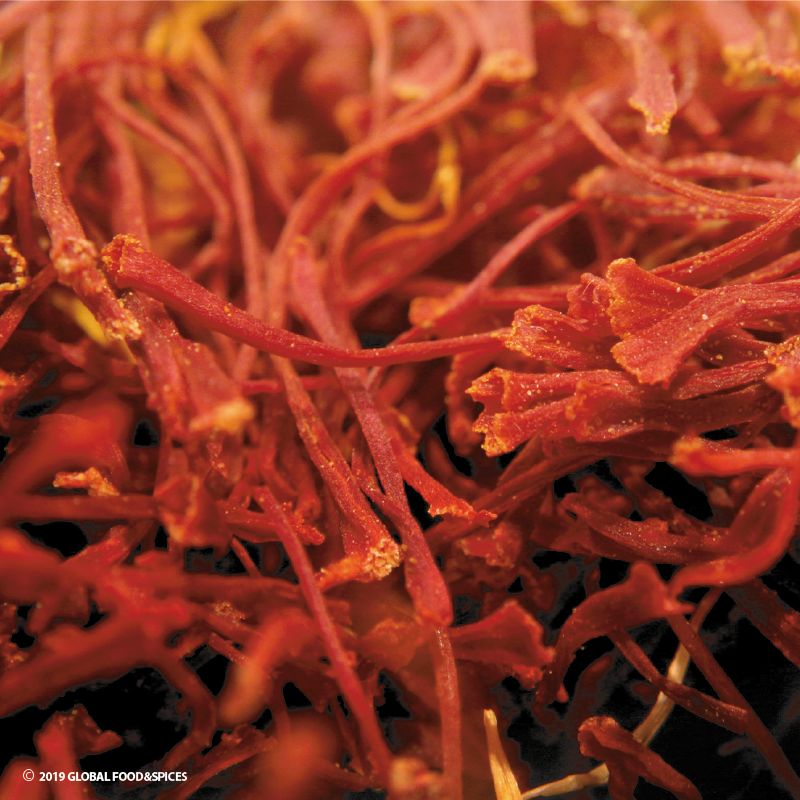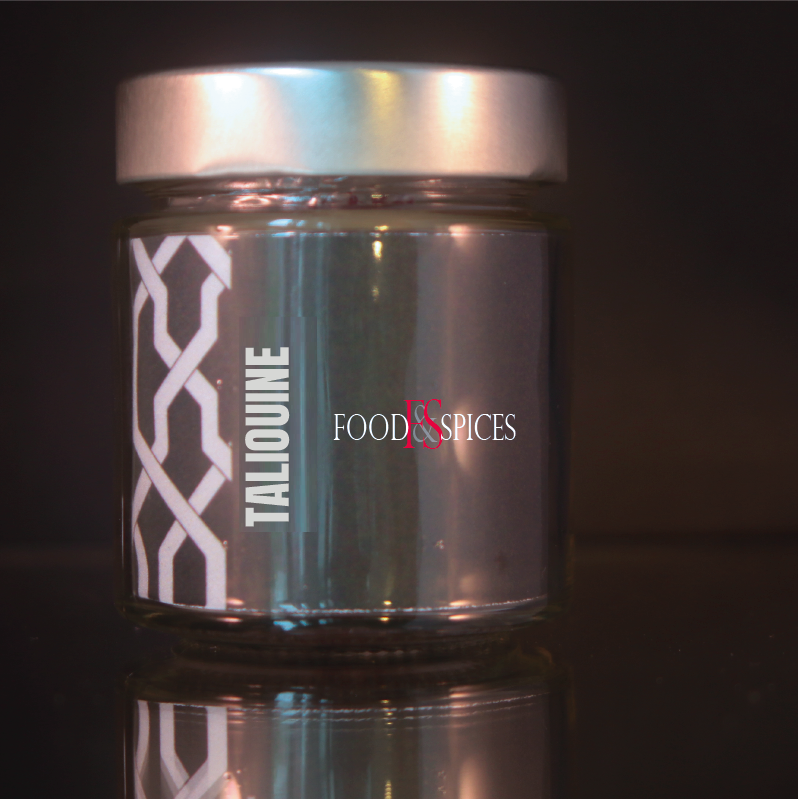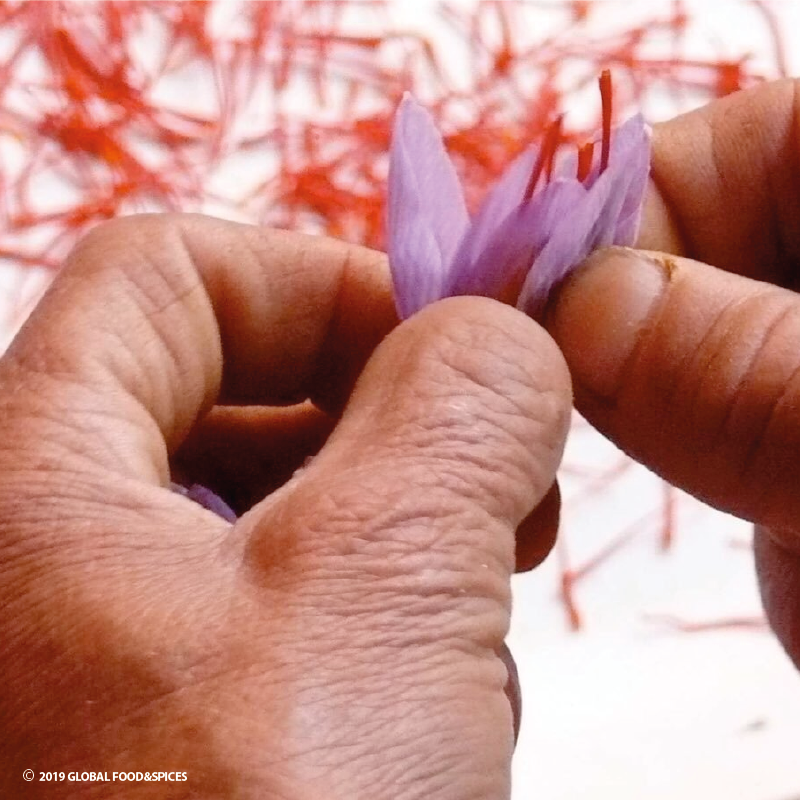depeperwinkel
Taliouine saffron
Taliouine saffron
Unable to load availability for pickup
Saffron is a unique spice, made from the pistils of the saffron crocus. Our saffron comes from small-scale, organic cultivation in Morocco and is of unprecedented quality, colorful, fragrant and full of flavor. Class 1, crocin value: average 240.
From India to Portugal, from North Africa to Sweden, there is actually no cuisine where saffron does not play a leading role. In Spanish paella, in Italian risotto, in Scandinavian cinnamon rolls, in French bouillabaise and Indian biryani and so on.
Saffron consists of the red pistils of the saffron crocus, a crocus species cultivated in Iran thousands of years ago. Because of their fragile appearance they are called 'threads'. Although they are also perfectly edible, an infusion is made with them for cooking, in the same way as you make tea. Just a few threads in some hot, not boiling water, are sufficient for your dish.
For saffron of a quality like ours, 0.1 gram is generally sufficient. The ISO 3632-2 report shows how high that quality is. The saffron is assessed, among other things, for the content of coloring and fragrance substances crocin, crocetin, pricocrocin and safranal. The crocin content determines the class in which the saffron may be offered. For class I saffron, a crocin value of 190 is required.
Our saffron is tested every year to determine its quality. It is of course a natural product and conditions can vary from year to year. This saffron scores an average of 240 and is therefore allowed to carry class I. These are our measurement results in accordance with ISO 3632-2:
| Crocine | 240 | +/- 24 |
| Bitterness | 92 | +/- 9 |
| Taste | 42 | +/- 4 |
| Moisture content | 9.4% |
What exactly are saffron threads? These are the pistils (stigmas) of the flower. Equipped to be pollinated by insects, hence the powerful sweet attractant scent. However, the saffron crocus is sterile and cannot reproduce through pollination. This requires the human hand. The only way to reproduce the annual crocus is to harvest the bulbs at the end of a cycle and plant them again in the new season.
That happens quite late in the season, in early summer. Many crocus species bloom in the spring, but the saffron crocus is a real late bloomer, that's why. The first flowers appear during October. All other crocuses will follow within two weeks. The flower buds early in the morning, and is expected to wither later in the day. It is important to harvest the flowers before that happens, the wilted flower is unusable.
Our saffron is grown on a small family farm in Taliouine, a village in the heart of the Sirwa in the province of Taroudant, with a centuries-old saffron tradition. It is not without reason that the saffron from Taliouine is included in the Ark of the Taste of Slow Food, and also has European protection (PGI). Taliouine is located at an altitude of 1300-1500 in the Souss-Massa-Daraâ region, south of Marrakech. In addition to saffron, argan oil is an important regional product.
Picking the flowers is done with a gentle hand so that no stigma is lost. After picking, the deep red stigmas are cut loose from the orange-yellow style, three stigmas per flower. In Spanish saffron, the style and stigmas are not separated, which makes the saffron more voluminous. Our Taliouine saffron is dried in special drying rooms, not in direct sunlight.
For every gram of dried saffron, the leaves, styles and stigmas of no fewer than one hundred and fifty flowers must be separated. Quite a job for which the family has to work with all its might.
Use
As befits saffron, our saffron does not taste sweet, all the flavor is united in the safranal. To capture the flavor in your dish, an infusion is first made from just a few threads of saffron (approximately 0.1 gram is usually sufficient) in slightly hot, but not boiling, water. The same way you make your saffron tea. Take your time to make the infusion as strong as possible, let it sit for at least five minutes, but fifteen minutes is also good. The liquid is used as a seasoning or tea. The pistils are also used in some dishes, mainly to show that real saffron has been used.
Only add saffron at the end of the preparation process of a dish to maximize the flavor palette. Expose the saffron to heat for as short a time as possible, also in your Risotto Milanese. Give the flavors time to integrate.
Use a maximum of 1 gram of saffron per day (per person).
Features:
- 100% stigmas of Crocus sativus
- origin: Morocco, Taliouine
Assortment
- glass jars and (refill) bags with sachets of 1 gram each
- while supplies last (inquire about availability)
- larger quantities on request
Gift packaging
- the jar is available in a tasteful gift packaging, consisting of a cube box filled with black tissue paper
- for an overview of our gift packaging, please refer to the gift packaging section
Save:
- store saffron in closed packaging
- preferably store in a dark, dry and cool place
- best before November 2026 (11/26)
- this expiration date is an indication
Inventory item
We keep a limited stock of this delicious saffron. If you are interested in larger quantities, please ask us about availability and delivery time.
Share





